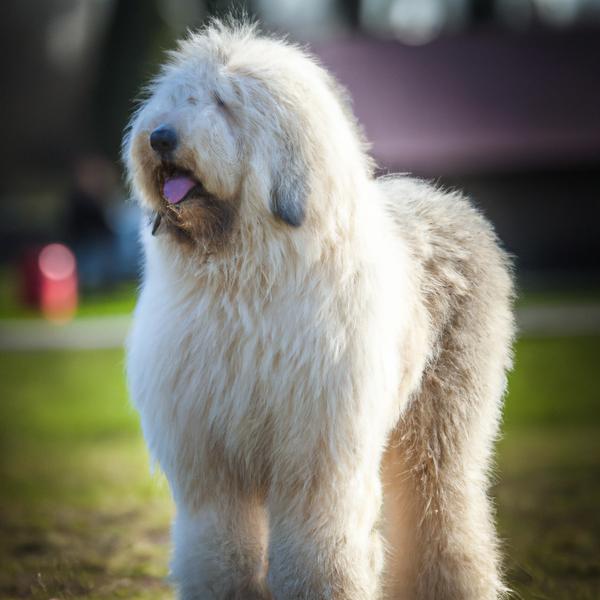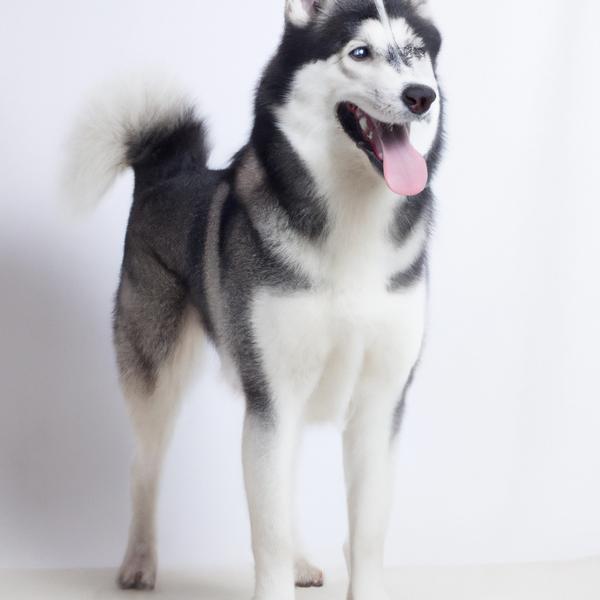Komondor vs. Husker: Breed Differences and Similarities
Hypoallergenic
Are Komondors or Huskers hypoallergenic, or neither?
Unfortunately, neither Komondor nor Husker are hypoallergenic, which may not make them the best choice for dog lovers who suffer from pet allergies.
Temperament
What are the personalities of Komondor and Husker dogs?
Affectionate
Fearless
Independent
Calm
Gentle
Steady
Playful
Energetic
Alert
Intelligent
Confident
Friendly
Outgoing
Loyal
Gentle
Fearless
Brave
Bright
Shedding Level
Do Komondors shed more than Huskers, or which breed sheds more, Komondors or Huskers?
Komondors shed very little hair, making them a great choice for those who dislike excess hair in the house.
Huskers are heavy shedders, but regular brushing can help manage shedding and promote a healthy coat.
Ancestry
What are the origins of Komondor and Husker breeds?
Russian Ovcharka
Siberian Husky and Boxer
Date of Birth
When were Komondor and Husker breeds first developed?
1600s
Unknown
Eye Color Possibilites
What are the eye colors of Komondor and Husker dogs?
Brown
Blue
Brown
Nose Color Possibilites
What are the natural nose colors of Komondor and Husker?
Black
Black
Coat Color Possibilites
What are the natural colors of the coat for Komondor and Husker breeds?
White
Black
Gray
White
Brown
Fawn
Coat Length
What is the typical coat length for Komondor and Husker breeds?
Komondors have longer coats compared to most dogs.
Huskers have medium-length coats.
Coat Density
What is the density of the coat of Komondor and Husker?
Coat Texture
What is the hair texture of Komondor and Husker?
Corded
Straight
Litter Size
What is the usual litter size for Komondor and Husker?
A Komondor can have a litter of 10-12 puppies on average. However, it's worth noting that the size of the litters can vary greatly. Factors that can influence litter size include the health of the mother, breeding history, and genetics.
A Husker can have a litter of 2-10 puppies on average. However, it's worth noting that the size of the litters can vary greatly. Factors that can influence litter size include the health of the mother, breeding history, and genetics.
Adaptability
Komondors have average adaptability to changes in lifestyle and living environments compared to other breeds.
Huskers are highly adaptable and versatile, making them excellent companions for families and individuals of all lifestyles.
Health Issues
Between Komondor and Husker, which breed is more prone to health problems?
Komondor and Husker breeds are generally considered to be healthy. However, like all breeds, they are susceptible to certain health issues and it is important to keep an eye out for them and address them with your veterinarian as needed.
Major Concerns
What are the major health concerns for Komondor and Husker breeds?
Gastric Torsion
Hip Dysplasia
Hip Dysplasia
Minor Concerns
What minor health issues should be kept in mind when owning Komondor and Husker?
Entropion
Cancer
Corneal Dystrophy
Canine Glaucoma
Occasional Tests
What occasional tests are recommended for Komondor and Husker breeds?
Eye
Hip
X-Rays
Eye Examination
Physical Examination
X-Rays
Eye Examination
Physical Examination
Blood Tests
Social Needs
Komondor vs Husker social needs comparison
Komondor has average social needs and is less independent than other breeds.
Husker has above average social needs and thrives with interaction with humans and other dogs.
Sleeping Need
Which of the two sleeps the most/least: Komondor or Husker?
Komondors are known for their relaxed and calm nature and enjoy long periods of sleep.
Huskers are active and require sufficient sleep to stay healthy.
Mouthiness
Mouthiness Comparison: Komondor vs Husker?
Roaming urge
Komondor vs Labrador: Running away tendency?
Prey Drive
Komondor or Husker - which breed has a higher level of prey drive?
Activity Level
Which breed has higher energy, Komondors or Huskers?
Komondors are medium-energy dogs and typically enjoy socializing and playing casual or even sustained games of chase with other dogs. They may also have occasional periods of barking or racing around the house.
Huskers are high-energy dogs. They need mental as well as physical exercise. These dogs require a lot of your involvement and without it they can, and will, become problematic dogs.
Tolerance of being left alone
Walks per Week
How many miles should Komondor or Husker walk each week?
There's really no limit to how far you walk your dog as long as they're comfortable. For Komondor, it's at least 10 miles / week. Just remember to build distance and stamina gradually over time.
There's really no limit to how far you walk your dog as long as they're comfortable. For Husker, it's at least 15 miles / week. Just remember to build distance and stamina gradually over time.
Activity per Day
Do Komondors or Huskers require more exercise?
In general most Komondors usually need at least 60 minutes of exercise daily. This can be spread across the day and include all sorts of high-energy activities, like walking, running and playing.
In general most Huskers usually need at least 70 minutes of exercise daily. This can be spread across the day and include all sorts of high-energy activities, like walking, running and playing.
Grooming
Which breed is easier to maintain in terms of grooming, Komondors or Huskers?
Komondors require significant grooming, including regular trims and professional grooming assistance to maintain their coat. They may also require frequent bathing to keep their coat and skin healthy.
The Husker has low grooming needs and is easy to maintain.
Brushing Frequency
What is the recommended brushing frequency for Komondor and Husker dogs?
In general Komondor should be brushed at least once a month. Of course you can give them more frequent brushes, especially if they enjoyed it
Ideally, Husker should be brushed at least 2 or 3 times a week (preferably daily) improve shedding.
Brushing Tools
What brushing tools are used for Komondors and Huskers?
Dematter
Comb
Nail Clipper
Slicker Brush
Deshedder
Nail Clipper
Cups
How much food should be given to Komondor or Husker in cups?
For an average 100-125 pound (45 - 57 kg) Komondor feed 3.8 cups daily. But, keep in mind, the amount you feed is going to be dependent on the quality of the food you are feeding.
For an average 35-71 pound (16 - 32 kg) Husker feed 3.5 cups daily. But, keep in mind, the amount you feed is going to be dependent on the quality of the food you are feeding.
Daily Cost
Which breed has a higher daily cost, Komondor or Husker?
The average cost of a Komondor is somewhere $3.90 - $4.20 per day.
The average cost of a Husker is somewhere $2.10 - $2.80 per day.
Monthly Cost
Which breed has a higher monthly cost, Komondor or Husker?
The average per month expenses of a Komondor is between $112 - $126. This makes an average of $1344 - $1512 per year. It will be on the higher side when the dog is still small because it will need more frequent visits to the vet, shots.
The average per month expenses of a Husker is between $63 - $84. This makes an average of $756 - $1008 per year. It will be on the higher side when the dog is still small because it will need more frequent visits to the vet, shots.
Sensitivity Level
How do Komondor and Husker compare in sensitivity?
These breeds are more sensitive than others and easily overwhelmed by new surroundings and people. Komondor and Husker need gentle handling and a calm, stable home environment with positive reinforcement training.
Apartment Friendly
Which breed is more apartment-friendly: Komondor or Husker?
Komondors can do well in apartments with enough exercise and time outside, but a small yard would be ideal.
Huskers are good apartment dogs as long as they get enough exercise and stimulation outside of the apartment.
Child Friendly
Do Komondors or Huskers have a friendlier temperament towards children?
Komondor and Husker are kid-friendly dogs. They are good with children and excellent dogs with children if they are socialized and trained at a young age.
Senior-friendly
Which dog is more suitable as a pet for the elderly - Komondor or Husker?
Cat Friendly
Do Komondor or Husker breeds have a better compatibility with cats?
Komondors are good with cats, but early training is needed to prevent chasing behavior.
Huskers are somewhat cat friendly and can be trained to get along with cats.
Dog Friendly
Which breed is more sociable with other dogs: Komondor or Husker?
Komondors are less friendly towards other dogs, but can improve with socialization.
Huskers are friendly and active companions, and can be good family pets, though their friendliness towards other dogs may vary.
Pet friendly
How do Komondor or Husker dogs interact with other pets?
Stranger Friendly
Which breed is more friendly with strangers: Komondor or Husker?
Komondors are not very stranger friendly.
Huskers are averagely friendly around strangers but benefit from early socialisation.
Playfulness
Which breed is more playful between Komondor and Husker?
Komondors have an average level of playfulness, enjoying playtime like most dogs but not excessively so.
Huskers are a playful breed that needs daily playtime to be happy.
Trainability
How do the trainability levels of Komondors and Huskers compare?
Komondors are popular for their ease of training and quick learning ability.
Huskers may require more time and patience to learn commands, but with consistency, they can be trained.
Compare Komondor with other breeds
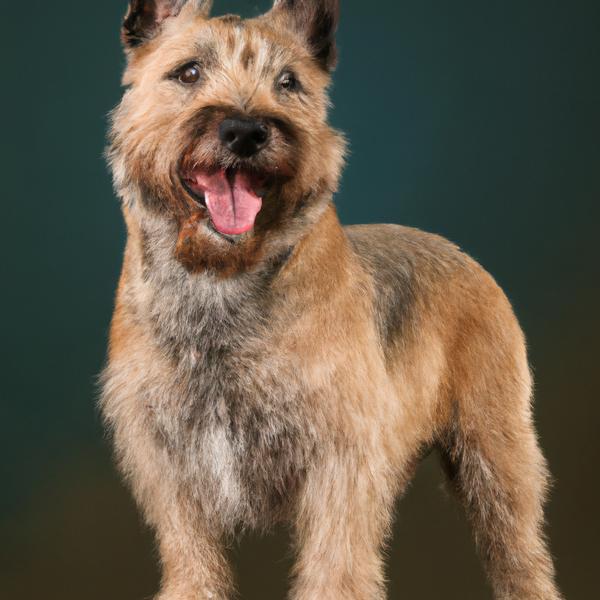
Cairland Terrier
Komondor vs Cairland Terrier
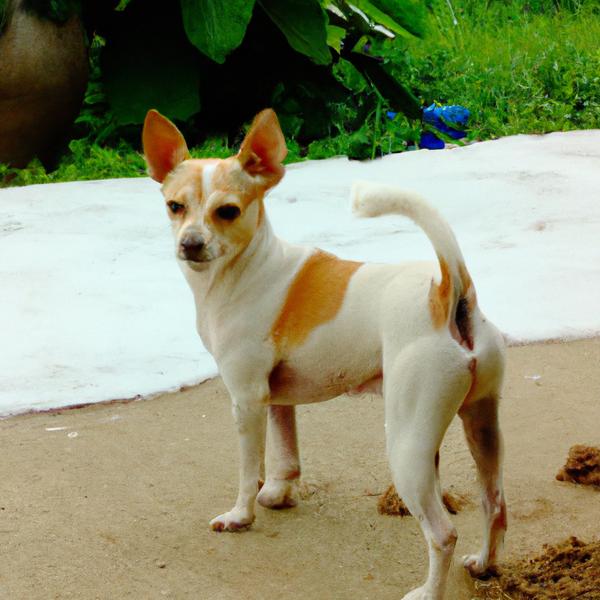
Chipit
Komondor vs Chipit
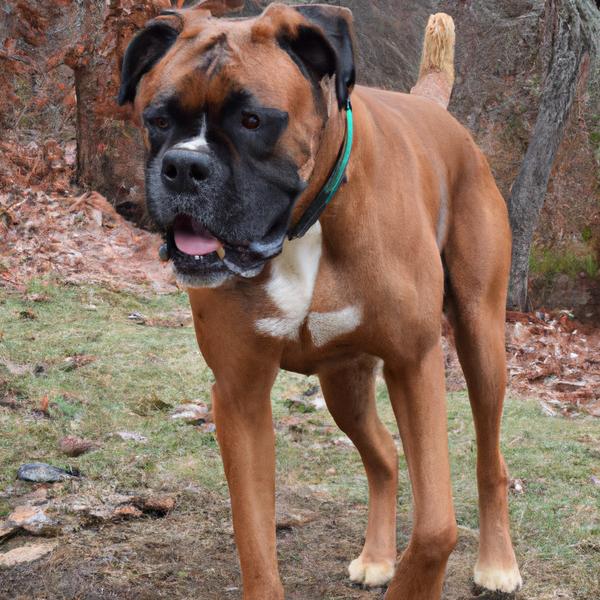
Boxer Shepherd
Komondor vs Boxer Shepherd
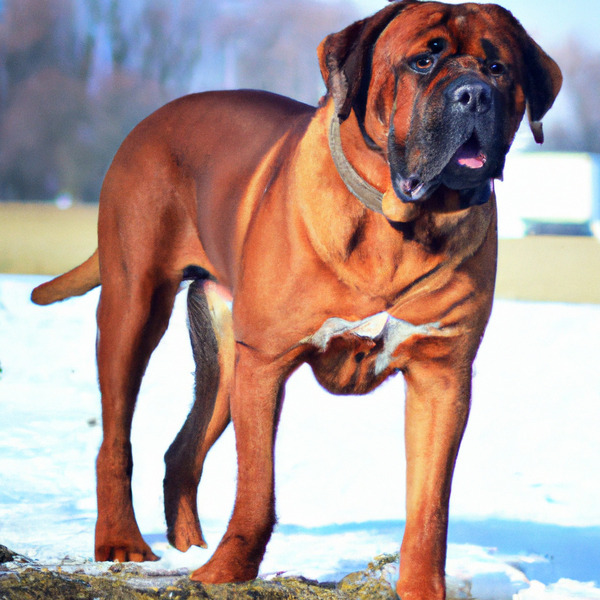
Tosa
Komondor vs Tosa
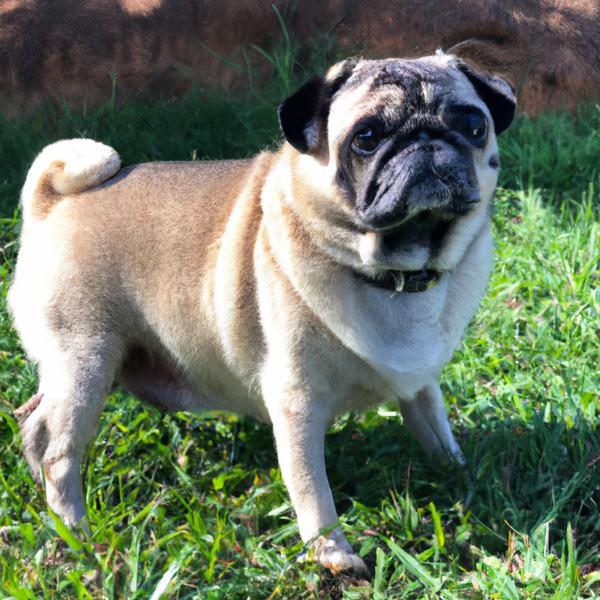
Puggat
Komondor vs Puggat

American Bull-Jack
Komondor vs American Bull-Jack
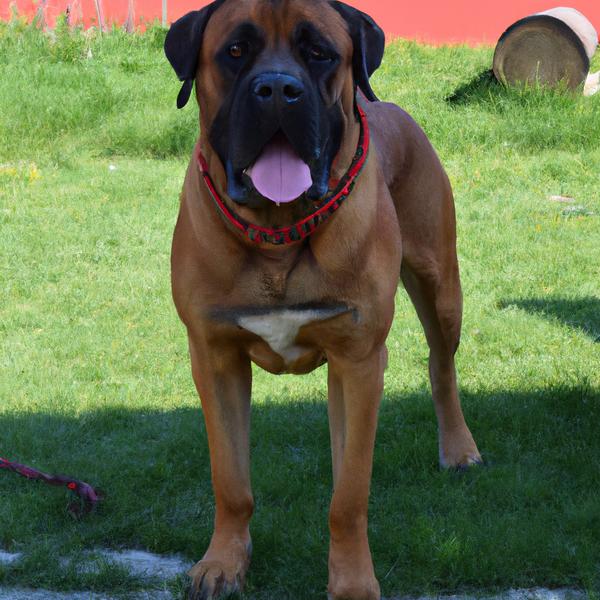
Neo Bullmastiff
Komondor vs Neo Bullmastiff
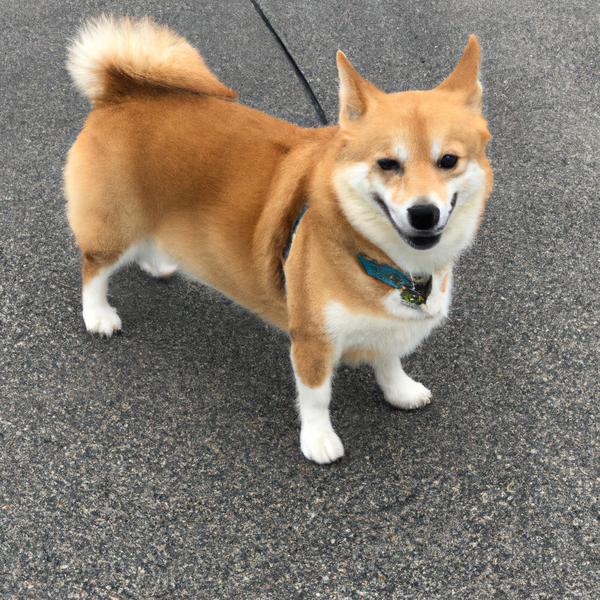
Shiba Corgi
Komondor vs Shiba Corgi
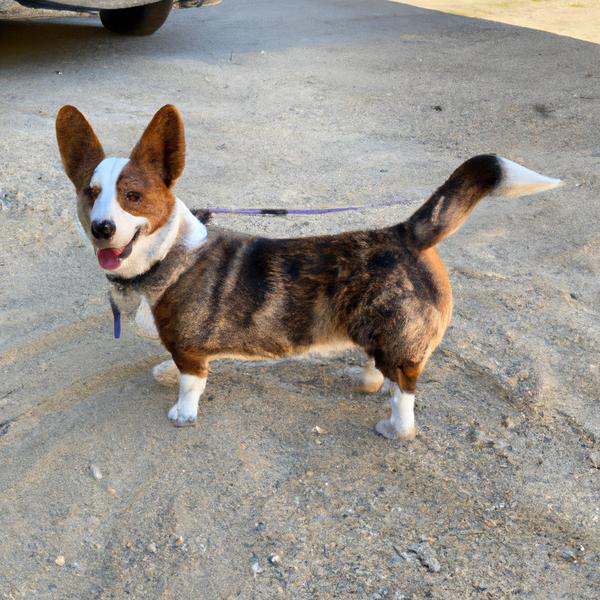
Corgi Cattle Dog
Komondor vs Corgi Cattle Dog
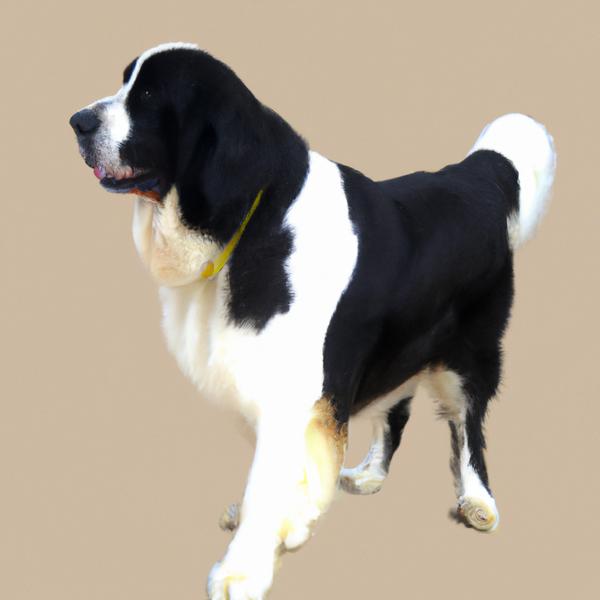
Labernard
Komondor vs Labernard
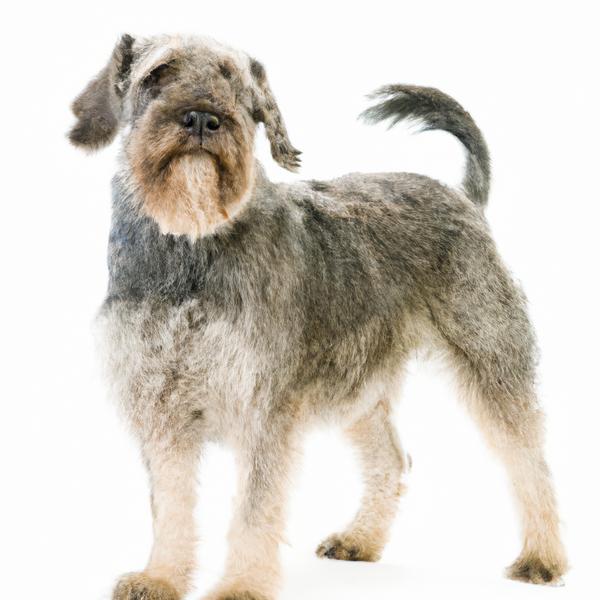
Schneagle
Komondor vs Schneagle
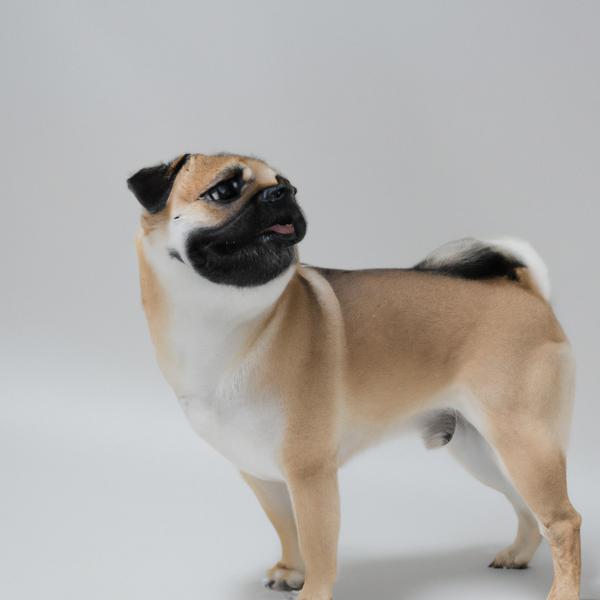
Pug Shiba
Komondor vs Pug Shiba
